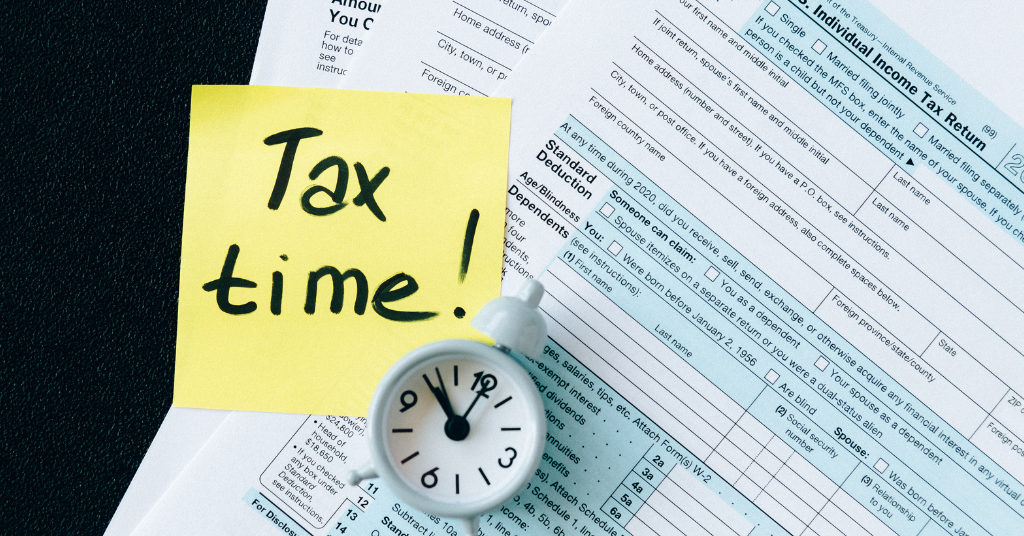

Maximize Your 2024 Refund: Tax Breaks You Might Be Missing
Category: Accounting
Congress has agreed on a stimulus package, which we expect to pass today (December 21, 2020). Several items could directly affect you, so I want to highlight them here.


As we have seen with this legislation: changes happen. So the exact details will likely take a few days to settle. This email outlines what we expect in five big areas.
I go through each of these below.
The new law will provide a second direct payment. The amount will be $600 for any individual who earned less than $75,000 in 2019, or $150,000 as a married couple. ]Eligible families will also receive $600 per child.
In the first stimulus, the payment phased to zero as income increased, which resulted in partial payments. We don’t know yet if the IRS will use the same phasing out of benefits or how this will work.
Payments should come automatically as they did last time, and there is a strong push to get the payments out quickly. If you do not receive a payment you are entitled to, you will be able to claim the amount in your annual tax filings.
There is no action for you to take to receive these payments.
Unemployed individuals will receive a $300 weekly federal bump to their benefits for 11 weeks, from the end of December through mid-March. This is half of what was in the CARES package but is otherwise the same.
Also, the law extends the pandemic unemployment programs that the CARES act created. Therefore, the benefits will continue to apply to “gig” workers, freelancers, independent contractors, and self-employed individuals. The federal 13-week extension of payments to those who exhaust state benefits will continue through March/April.
We expect this to be made available through state unemployment offices, just like earlier this year. If you qualify, apply for unemployment through your state office.
The bill reopens the paycheck protection program and provides $284 billion in funding for businesses to apply for a first or second PPP loan.
However, different from the first loan, this round will require that you show a decrease in business due to COVID.
We expect the cutoff to be a 30% decrease in revenue in one 2020 quarter compared to the same quarter in 2019.
Eligibility will expand to include nonprofit organizations, local newspapers, broadcasters, and $15 billion for performance venues, independent movie theaters, and other cultural institutions.
We believe that the applications will go through your bank. If you plan to apply, then review your books for a 30% decline in revenue.
The bill extends the eviction protection program. This was set to expire at the end of the year, and the bill extends it to January 31. It also provides $25 billion in rental assistance to those who lost their income source during the pandemic.
Though there is little to do here, I thought this fits into the “good to know category,” just given the importance of vaccines. The bill provides $20 billion for the vaccines for those who need it, $8 billion for vaccine distribution, and $20 billion in funding for tests.


Category: Accounting


Category: Accounting


Category: Accounting
Send us a message and we will contact you as soon as possible.
Send us a message and we will contact you as soon as possible.
Jeff Coyle, CPA, Partner of Rosenberg Chesnov, has been with the firm since 2015. He joined the firm after 20 years of business and accounting experience where he learned the value of accurate reporting, using financial information as a basis for good business decisions and the importance of accounting for management.
He is a diligent financial professional, able to manage the details and turn them into relevant business leading information. He has a strong financial background in construction, technology, consulting services and risk management. He also knows what it takes to create organizations having built teams, grown companies and designed processes for financial analysis and reporting.
His business experience includes:
Creating and preparing financial reporting, budgeting and forecasting.
Planning and preparation of GAAP and other basis financial statements.
Providing insight on financial results and providing advice based on those results.
Jeff also has a long history of helping individuals manage their taxes and plan their finances including:
Income tax planning and strategy.
Filing quarterly and annual taxes.
Audit support.
General financial and planning advice.
Prior to joining the firm in 2015, Jeff was in the private sector where he held senior financial and management positions including Controller and Chief Financial Officer. He has experience across industries, including construction, technology and professional services which gives him a deep understanding of business.
Jeff graduated from Montclair State University, he is a CPA and member of the American Institute of Certified Public Accountants, New York State Society of Certified Public Accountants and New Jersey State Society of Public Accountants.
Jody H. Chesnov, CPA, Managing Partner of Rosenberg Chesnov, has been with the firm since 2004. After a career of public accounting and general management, Jody knows the value of good financials. Clarity, decision making, and strategy all start with the facts – Jody has been revealing the facts and turning them into good business results for more than three decades.
He takes a pragmatic approach to accounting, finance and business. His work has supported many companies on their path to growth, including helping them find investors, manage scaling and overcome hurdles. His experience and passion for business reach beyond accounting and he helps businesses focus on what the numbers mean organizationally, operationally and financially.
He has a particular expertise in early-stage growth companies. His strengths lie in cutting through the noise to come up with useful, out of the box, solutions that support clients in building their businesses and realizing their larger visions.
Prior to joining the firm in 2004, Jody was in the private sector where he held senior financial and management positions including General Manager, Chief Financial Officer and Controller. He has experience across industries, which gives him a deep understanding of business.
Jody graduated with a BBA in Accounting from Baruch College, he is a CPA and member of the American Institute of Certified Public Accountants and New York State Society of Certified Public Accountants.
In addition to delivering above and beyond accounting results, Jody is a member of the NYSCPA’s Emerging Tech Entrepreneurial Committee (ETEC), Private Equity and Venture Capital Committee and Family Office Committee.
He is an angel investor through the Westchester Angels, and has served as an advisor for many startup companies and as a mentor through the Founders Institute.